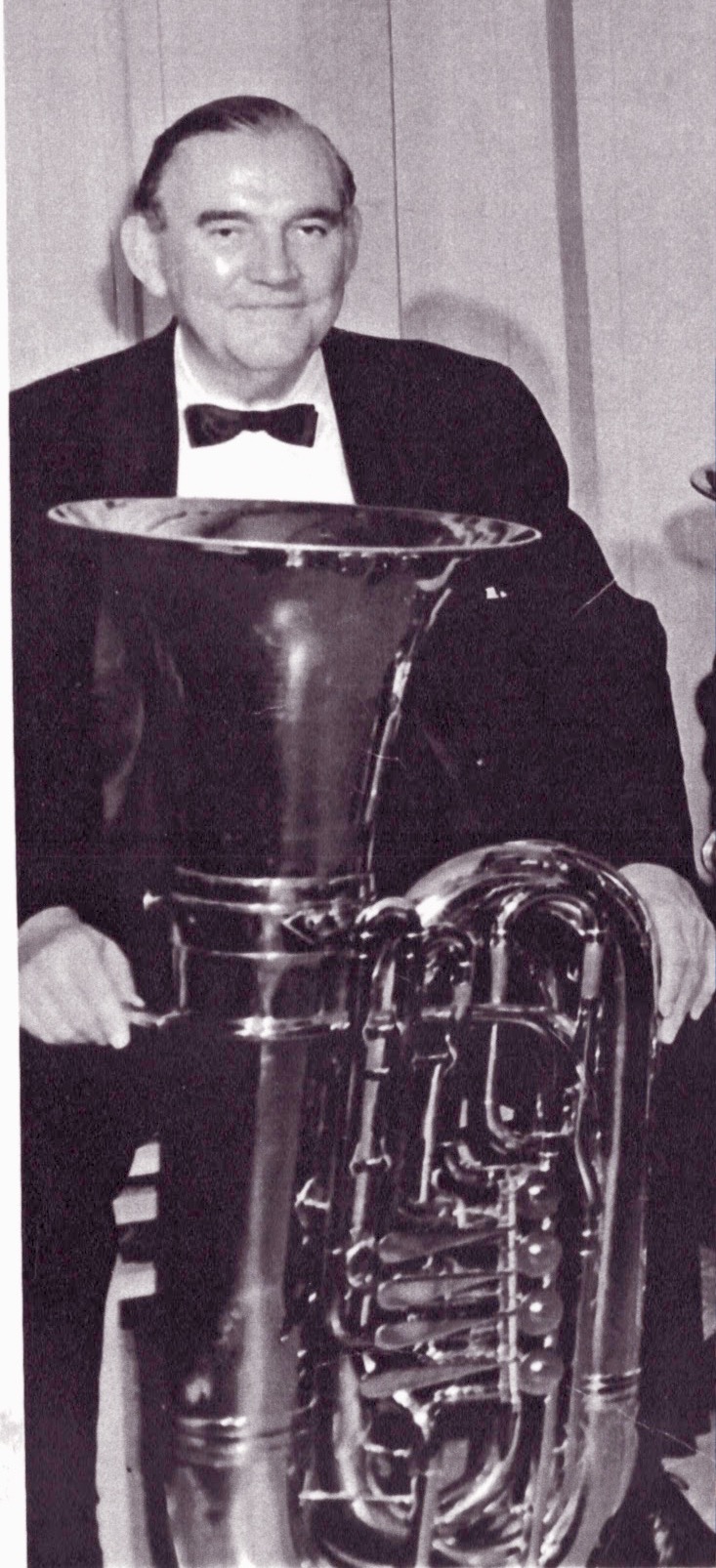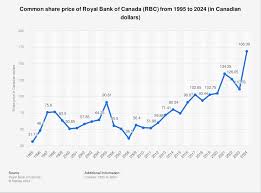
Introduction
William Belle has emerged as a significant figure in the Canadian arts landscape, captivating audiences with his innovative work and contribution to the community. His rise to prominence reflects a growing trend in the arts where local talent garners international attention. Understanding his journey provides insights into the current dynamics of the cultural sector in Canada.
Early Life and Education
Born and raised in Toronto, William Belle showed an early interest in the arts. His parents encouraged his creativity by introducing him to various art forms, from painting to music. Pursuing formal education, he attended the Ontario College of Art and Design University, where he honed his skills and developed a unique artistic voice that blends traditional and contemporary styles.
Career Highlights
William Belle’s career took off in 2021 when he showcased his first solo exhibition, “Reflections of the Soul,” which featured a series of immersive installations. The exhibition was met with widespread acclaim, solidifying his status in the art community. In addition, he was nominated for the prestigious Sobey Art Award in recognition of his contributions to Canadian culture.
In 2023, William’s work expanded to include community-focused projects aimed at promoting art among youth. His initiative, “Art for All,” focuses on providing workshops and resources for underprivileged communities, fostering a love for creativity and self-expression. This program has successfully engaged over 500 participants, broadening access to the arts.
Recent Developments
As of October 2023, William Belle is working on a collaborative project with fellow artists from across Canada. The project aims to address social issues through a series of public installations planned for various cities. This initiative not only showcases the diversity of Canadian art but also emphasizes the role of artists in raising awareness on pressing issues such as climate change and social justice.
Conclusion
William Belle’s journey illustrates the evolving nature of artistic expression in Canada. His ability to blend personal narratives with broader social themes resonates deeply in today’s context. As he continues to break new ground and engage with communities, his contributions are poised to have lasting effects on the Canadian arts landscape.
For readers interested in the arts, following William’s career may provide inspiration and insight into how contemporary issues can be addressed through creative mediums. As he navigates his artistic path, the impact of his work is likely to ripple throughout the Canadian cultural sector.

